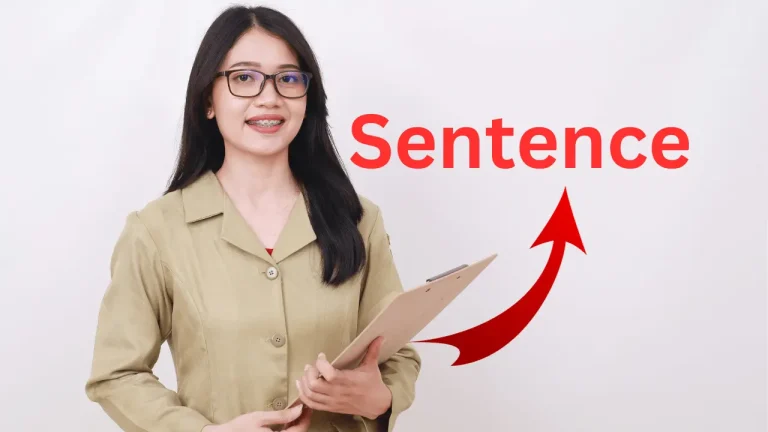Past Tense & How to Use It, With Example

Past Tense With Explanation, Structure or Rules In Flow Chart
Sometimes, people get most of their entertainment or fun from their life and collect a lot of gorgeous memories in their life. Then, they want to share these memories with their family members or best friends. In that condition, to be able to express what has happened, you should know how to use the past tense.
Moreover, this article will help you with what you need to know about past tense, its meaning, definition, rules, and types. Check out the examples and past tense verbs list to have a clear understanding of how it works. Let’s start the journey to getting a lot of knowledge about the past world.
What is Past Tense?
The ‘past tense’ form of a verb, as the term suggests, can be used to speak about or represent an event or action that already happened in the past. Also, past tense has 4 sub-categories such as “indefinite, continuous/progressive, perfect, and perfect continuous/progressive” which are demonstrated below with detailed explanation, and each has a separate example sentence.
Sub-categories
This tense has been divided into 4 sub-categories, which depending on whether the action is in progress or completed or will happened (called the aspect of a verb). These’re:
Flow Chart of 4 Present Tenses Sub-categories
| Sub-categories | Name Of Present Tense |
|---|---|
| 1. Indefinite Tense | Past Indefinite Tense |
| 2. Continuous/Progressive Tense | Past Continuous/progressive Tense |
| 3. Perfect Tense | Past Perfect Tense |
| 4. Perfect Continuous/Progressive Tense | Past Perfect Continuous/progressive Tense |
Now, let’s start to discuss details these sub-categories:
1. Past Indefinite Tense
The past indefinite tense is used to describe a completed activity that began in the past and ended in the past.
Note: In this tense, we usually use 2nd form verbs in simple/assertive sentences, but 1st form of verb in negative, interrogative, negative & interrogative sentences.
- We use the 2nd form of the verb in simple / assertive sentences of past tense.
- But, we use the 1st form of the verb in negative, interrogative, negative & interrogative sentences of past tense, because “did” is already the 2nd form of verb of “do”.
Use in Sentence:
2. Past Continuous/progressive Tense
The past continuous/progressive tense is used to describe an ongoing activity in the past. Often, it is used to set the scene for another action.
Note: In this tense, we use helping verbs (was, were) and 1st form verbs with ing.
- Was: We use it with singular subject (I, He, She, It, singular name).
- Were: We use it with a plural subject (They, You, We, plural name).
Use in Sentence:
3. Past Perfect Tense
The past perfect tense is used to emphasize that an action was completed before another took place.
Note: In this tense, we use helping verbs (had) with all types of subject, and usually use 3rd form verbs.
Use in Sentence:
4. Past Perfect Continuous/progressive Tense
The past perfect continuous/progressive tense is used to show that an ongoing action in the past has ended.
Note: In this tense, we use helping verbs (had been) with all types of subject, usually use 1st form verbs with ing, and since/for.
- Since: We use it, if we know the exact time.
- For: We use it, if we don’t know the exact time.
Use in Sentence:
Structure or Rules of Present Tense
Do you prey confused about the structure of 4 past tenses? So, to understand the structure, look at the following table.
| Name of Tense | Making Sentence Rule | Example Sentence |
|---|---|---|
| Past Indefinite Tense | Subject + 2nd form of verb + object. Note: In simple sentences, we used 2nd form of verb and 1st form of verb in negative, interrogative, and negative & interrogative sentences. | He spoke the truth. |
| Past Continuous/progressive Tense | Subject + Helping Verb(was, were) + 1st form of verb+ing + object. | She was plucking the flowers. |
| Past Perfect Tense | Subject + Helping Verb (had) + 3rd form of verb + object. | You had reached home. |
| Past Perfect Continuous/progressive Tense | Subject + Had + Been + 1st form of verb+ing + object + since/for + time. Note: Since: We use it, if we know the exact time. For: We use it, if we don’t know the exact time. | They had been reading for 2 hours. Note: We use “for” before “2 hours” because we don’t know whose 2 hours, means these hours are of day or night. |
FAQs
Conclusion
However, the past tense is categorized further depending on whether the action was in progress or has been completed. One important point you’ve to keep in mind is that a number of verbs, when used in the past tense, don’t follow the general rule of adding ‘ed’ to the end of the verb to form the past tense. Take a look at the different definitions of past tense and the list of past tense verbs to develop a clear idea of the same.
In short, we can say that this tense is used to describe verb forms in many languages used for actions that have now finished. Also, if you’ve faced any confusion while reading this article, you can contact us through the comment box. We’ll try our best to overcome your confusion in a short interval of time, so that you may understand them better. Also, thanks a lot from the depth of the heart for reading this article.






